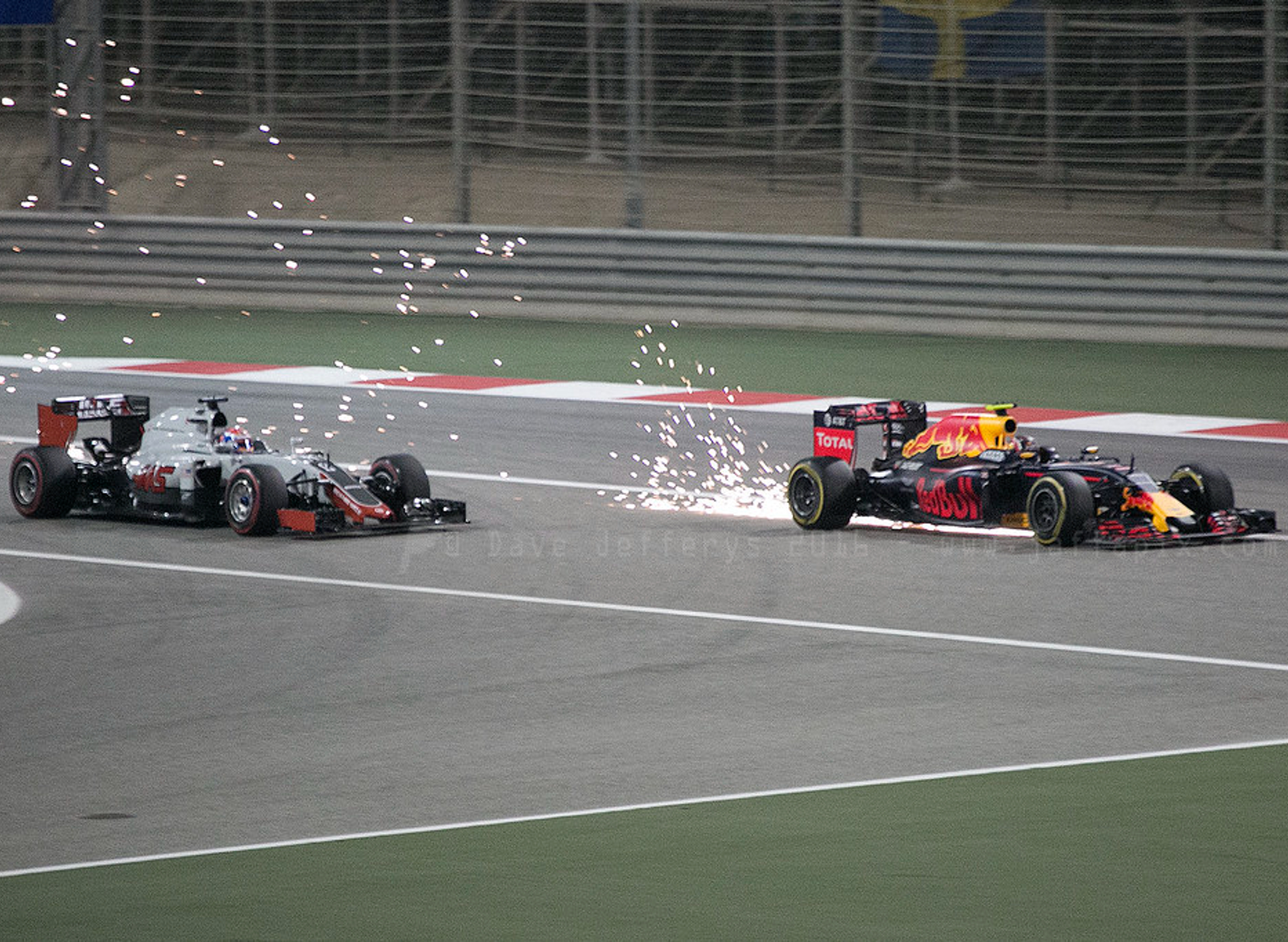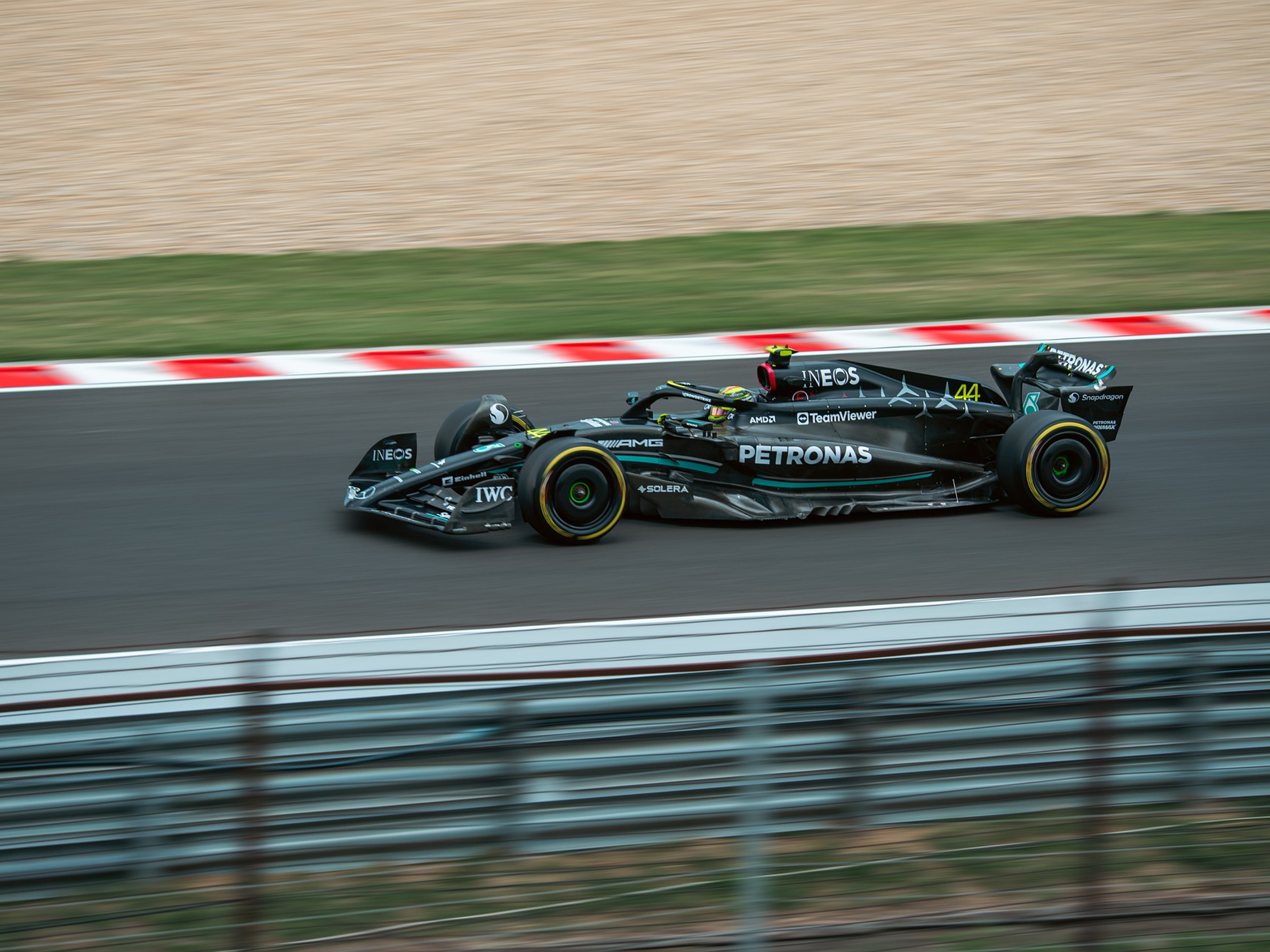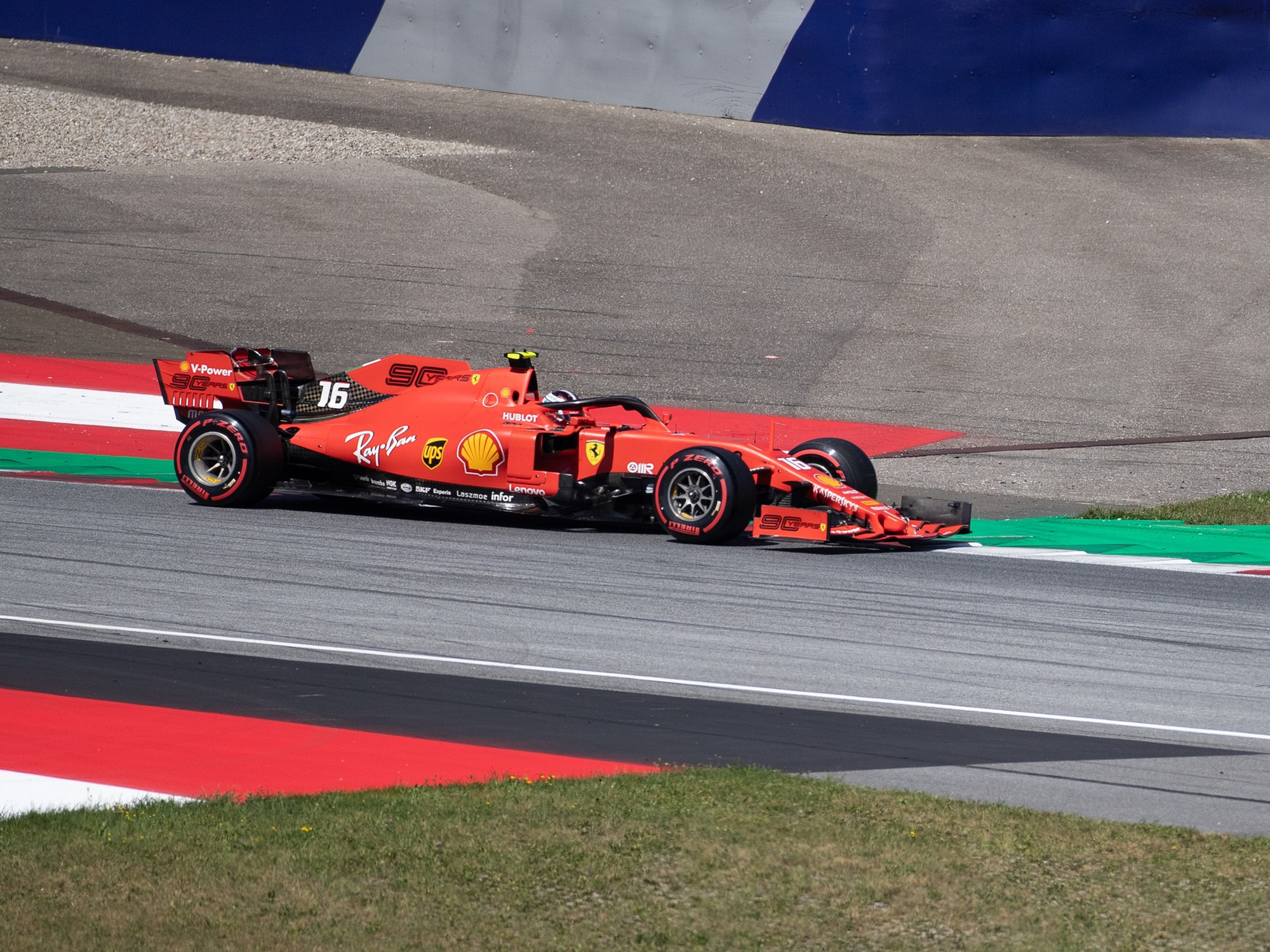
The first time you watch an F1 race, you may be surprised by the sparks. Sure, you expected the race to be loud, fast, and exciting, but who knew that sparks would fly from the back of the race cars? Note that the sparks are not dangerous to the cars, the drivers, or the spectators. The sparks from F1 cars may be harmless, but they also indicate that optional titanium skids are doing their part to help keep F1 drivers safe.
Why F1 car sparks matter

Sparks shoot from under F1 race cars when their undersides touch the asphalt. What’s actually happening is that titanium alloy skids attached to a plank on the bottom of F1 race cars hit the ground, and the friction causes the sparks. But it’s not just for show. The skids are important in protecting the plank from losing too much surface. Since 1994, FIA F1 Technical Regulations require that all F1 race
The plank serves as a crucial safety feature, preventing the creation of excessive downforce in racing cars. While downforce enhances traction—generally a positive attribute—in this context, it can lead to hazardous, even lethal, situations. Before the plank’s mandatory implementation in 1994, the motorsport world witnessed tragic losses, including those of Roland Ratzenberger and Ayrton Senna during the Imola races, where their accidents were partly attributed to the negative effects of extreme downforce. Senna’s incident, specifically, involved stalled airflow due to excessive downforce. Such fatal accidents often occur as drivers lose control while navigating corners at high speeds, with too much downforce causing the
How the FIA can disqualify an F1 car with a plank

When the FIA began requiring planks installed on the bottom centerline of F1 cars, it didn’t only mandate the installation. The FIA added teeth to the regulation to ensure drivers didn’t defeat the purpose of the plank by grinding them down during races to go faster. F1 race
Such disqualifications are rare, but Lewis Hamilton and Charles Leclerc were surprised to be disqualified for excessive plank wear after the 2023 United States Grand Prix in Austin, TX. Lewis finished second, and Leclerc finished sixth during the race, but they were disqualified for violating the plank technical rule. It doesn’t matter if the titanium alloy skids wear down, but if a driver continues to bottom out the car with excessive downforce and the plank itself wears away past the threshold, that’s when the penalty is applied.
So the sparks from F1 cars aren’t a danger or a problem. They merely indicate they are doing their job to protect the plank, which is there to protect the driver.



